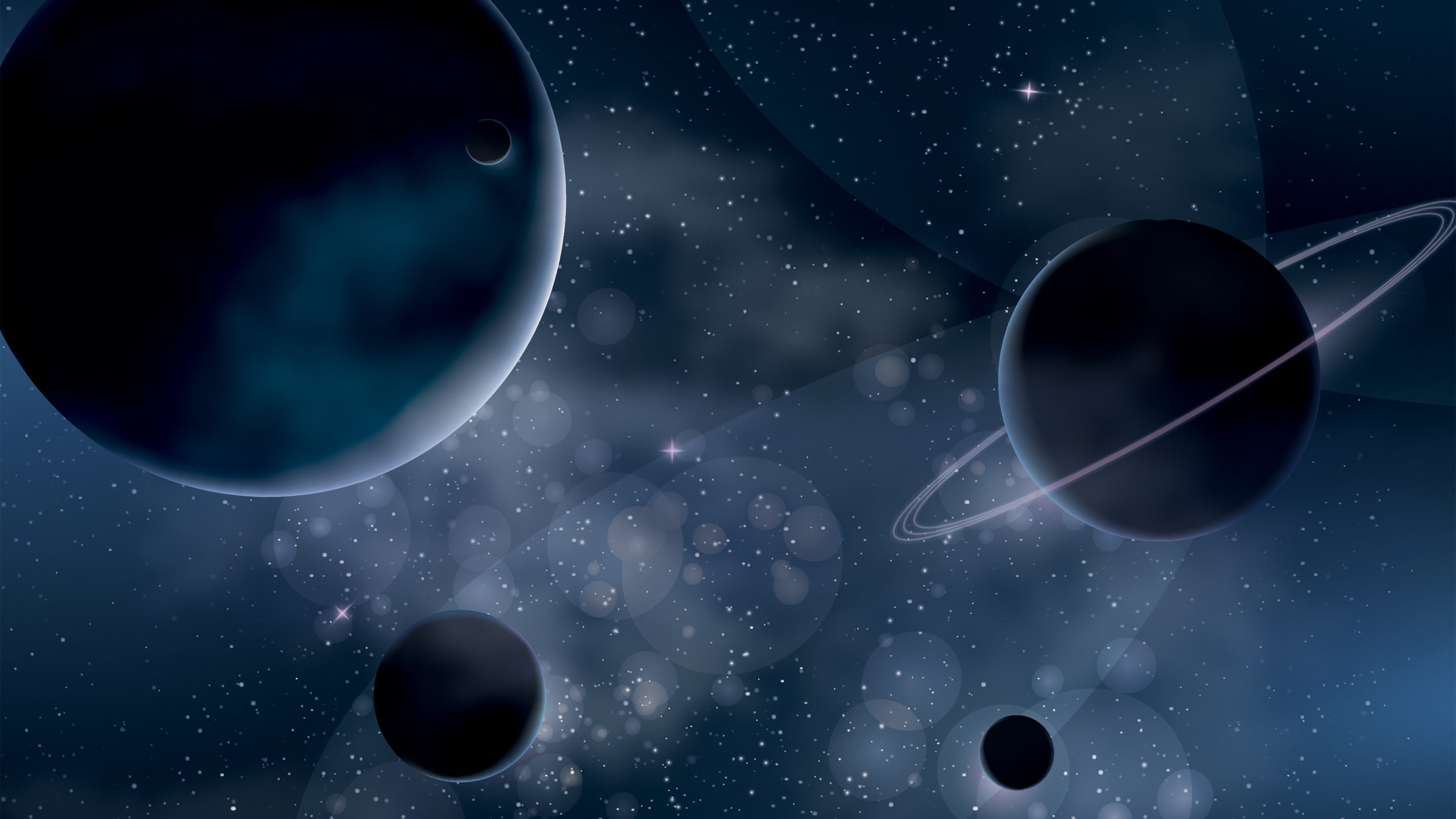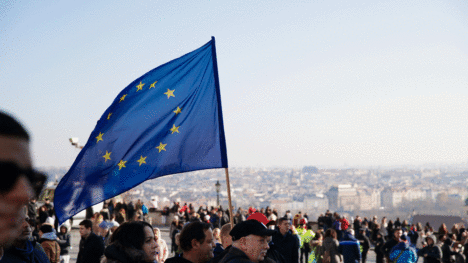Finding the pieces of us
October 1, 2018

Book review: The space between the stars, by Anne Corlett (2017, Macmillan).
The genius of science fiction is its ability to extrapolate—to push an idea to its ultimate conclusion and, in doing so, to discover implications that are not immediately apparent in the messy thickets of here and now.
Anne Corlett’s debut relies on this strategy in deft, minimalist strokes, sketching an overcrowded archipelago of inhabited planets whose multi-billion human population is reduced, in a matter of days, to a mere few thousand isolated inhabitants. Jamie is one of the few survivors of a genocidal virus. Upon waking from the last remnants of her fever, she finds herself completely alone, the bodies of all other humans in the vicinity reduced to dust.
Like many people, Jamie had wished for some space—that’s what she told her partner of 13 years when she left him and headed for Soltaire, an isolated rural planet. Her body illustrates the pain of human connection: a scar from neck to navel where she was surgically separated from her conjoined twin at birth. But now that she has all the time and space to herself that she could have ever wanted Jamie finds herself overwhelmed by an abyss of aloneness. She begins a desperate scramble to find other people—someone, anyone.

Corlett has reduced the human race to its stark essentials. Basic survival is not at issue; the abandoned cities and settlements contain all the necessities for human life. What is left is the need to structure a new society within the empty husk of the old and to understand what it means to be human.
Similarly to Reginald Rose’s Twelve Angry Men or Sandra Bullock’s one-woman ordeal in Gravity, Corlett’s premise strips away the complexity and forces us to ask hard questions about human nature. Clearly we’re social animals—we need one another. But how does that work when so many of us are downright obnoxious?
Corlett’s second task is to explore how we make meaning. When Finn, an autistic character, irretrievably loses pieces from his giant jigsaw puzzle he refuses to even begin it, knowing the end result will be incomplete. Jamie offers him her collection of coloured sea glass instead. Finn struggles at first, frustrated that none of the fragments fit together. But he soon learns to categorise the pieces and make patterns and shapes from them; initiating his own pictures, no longer constrained by the uncompromising correctness of the puzzle.
The clarity of this motif will render high school English teachers weak at the knees, especially when paired with the novel’s exploration of religion. Rena, the most overtly religious character, is consumed with the idea of God’s plan and bristles at anyone who sees things differently—she clings to the jigsaw metanarrative of one right way. Lowry, a lapsed Catholic priest, has come to see things differently:
“Life is its own point,” Lowry said. “It’s just a series of moments, some of them memorable, some of them not. There’s no redemption but what we’re prepared to grant to ourselves. No point when we’re finished becoming what we’re going to be. There’s just this breath, and the next one, and the next one. Each one of these breaths, each of these moments helps to shape us.”
Lowry articulates what is increasingly the worldview of Western intellectualism: a postmodern denial of objective truth (which must somehow be maintained in tension with a reliance on infallible science), a humanist optimism in the ability of people to achieve peace and prosperity, and a dash of Buddhist mindfulness to get you through the day. But from “life is its own point” it’s a very short and slippery slope to the nihilist conclusion that “life has no point.”
“There’s no redemption but what we’re prepared to grant to ourselves,” says Lowry, channelling this zeitgeist. In contemporary culture “redemption” applies to anyone who manages to shake off guilt, failure or social disapproval by singular and public achievement—witness how the success of Hacksaw Ridge prompted the overnight rehabilitation of Mel Gibson’s reputation from anti-Semitic crank to quirky genius. But this usage denies the biblical meaning and foundation of redemption: a person can only be redeemed through the sacrifice of another. Sinners and the firstborn were redeemed via animal sacrifices in ancient Hebrew ritual. In the New Testament the Messiah arrives, the ultimate redemption. “Behold the Lamb of God, which takes away the sin of the world,” John the Baptist proclaims. But in Corlett’s universe there is no extra-terrestrial life. No-one looking for a distress flare from the lifeboat. No rescue to hope for. Humanity is utterly alone.
While The Space Between the Stars veers dangerously close to allegory—if not frank preaching—in exploring these ideas, the novel maintains its integrity as a story, the characters are compelling and the settings vivid. There are plot twists, blazing weapons and romance. There is subtlety, paradox, delicate nuance and some breath-taking turns of phrase. Unlike thousands of failed attempts at genre-busting before her, Corlett has succeeded in finding a fine balance between popular, literary and science fiction and has crafted a story that is truly memorable.









